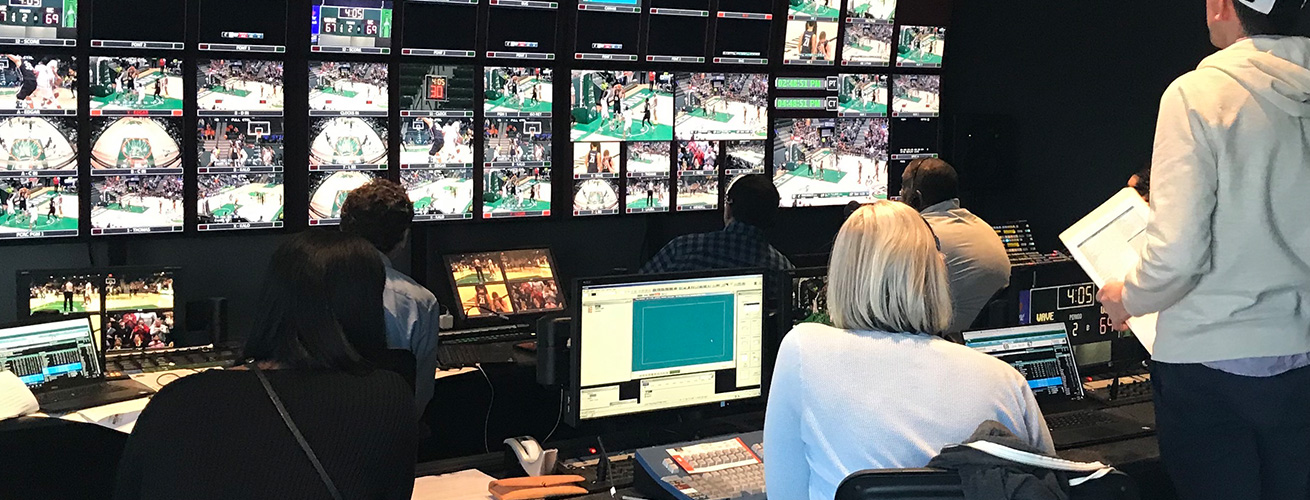The evolution of sports broadcasting has been a visual journey, transitioning from pixelated screens to high-definition spectacles, fundamentally altering the way audiences engage with sports. In the early days, when television sets were scarce and technology limited, sports broadcasts were rudimentary, characterized by grainy images and minimalistic graphics. However, as technology advanced, so did the visual presentation of sports. The transition from analog to digital broadcasting marked a significant turning point, enabling broadcasters to deliver clearer images and sharper details to viewers’ screens. This shift paved the way for the widespread adoption of high-definition HD broadcasting, revolutionizing the viewing experience and setting new standards for visual quality. Suddenly, audiences could witness every intricate detail of the game, from the subtle movements of players to the expressions on their faces, immersing themselves in the action like never before. Accompanying the shift to HD broadcasting was the integration of advanced graphics and visual effects, enhancing the storytelling aspect of sports coverage. Graphics packages became more sophisticated, incorporating detailed statistics, player profiles, and interactive elements to provide viewers with a comprehensive understanding of the game.

Augmented reality AR technology further elevated the viewing experience by overlaying virtual graphics onto the live footage, allowing broadcasters to illustrate key plays, analyze tactics, and enhance the overall narrative. Moreover, the rise of digital streaming platforms and mobile devices has democratized access to sports content, enabling fans to consume live games and highlights anytime, anywhere. This shift towards multi-platform distribution has compelled 해외스포츠중계 to adapt their visual strategies to cater to diverse viewing preferences and screen sizes. Responsive design principles have become paramount, ensuring that graphics and visuals are optimized for various devices and display resolutions, whether it is a large television screen or a smartphone. Furthermore, the emergence of virtual reality VR and 360-degree video technologies has opened up new frontiers in sports broadcasting, offering immersive experiences that transport viewers to the heart of the action, allowing them to virtually step onto the field or court and experience the game from unique perspectives.
Beyond the technical advancements, the visual evolution of sports broadcasting has also been shaped by changing aesthetic trends and cultural influences. Broadcasters are constantly innovating to keep pace with evolving audience preferences and societal norms, experimenting with new camera angles, visual styles, and storytelling techniques to captivate viewers’ attention. From cinematic camera movements to stylized graphics and dynamic editing, every visual element is carefully curated to evoke emotion, build suspense, and amplify the drama of live sports moments. Additionally, the increasing emphasis on inclusivity and diversity has prompted broadcasters to adopt more inclusive visual representations, showcasing a broader range of athletes, stories, and perspectives on screen. In essence, the visual evolution of sports broadcasting reflects not only technological progress but also the creative ingenuity and adaptability of broadcasters in capturing the essence of sports and delivering it to audiences worldwide. As we look to the future, the boundaries of what is possible in sports visualization continue to expand, promising even more immersive, interactive, and engaging experiences for fans around the globe.